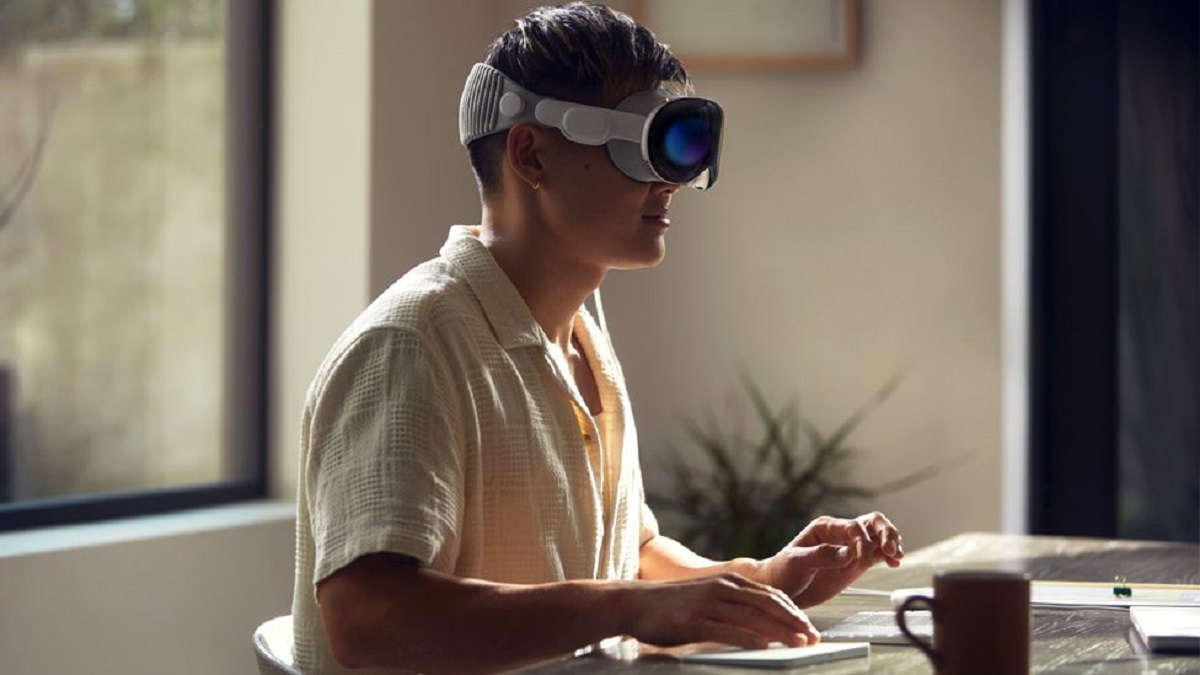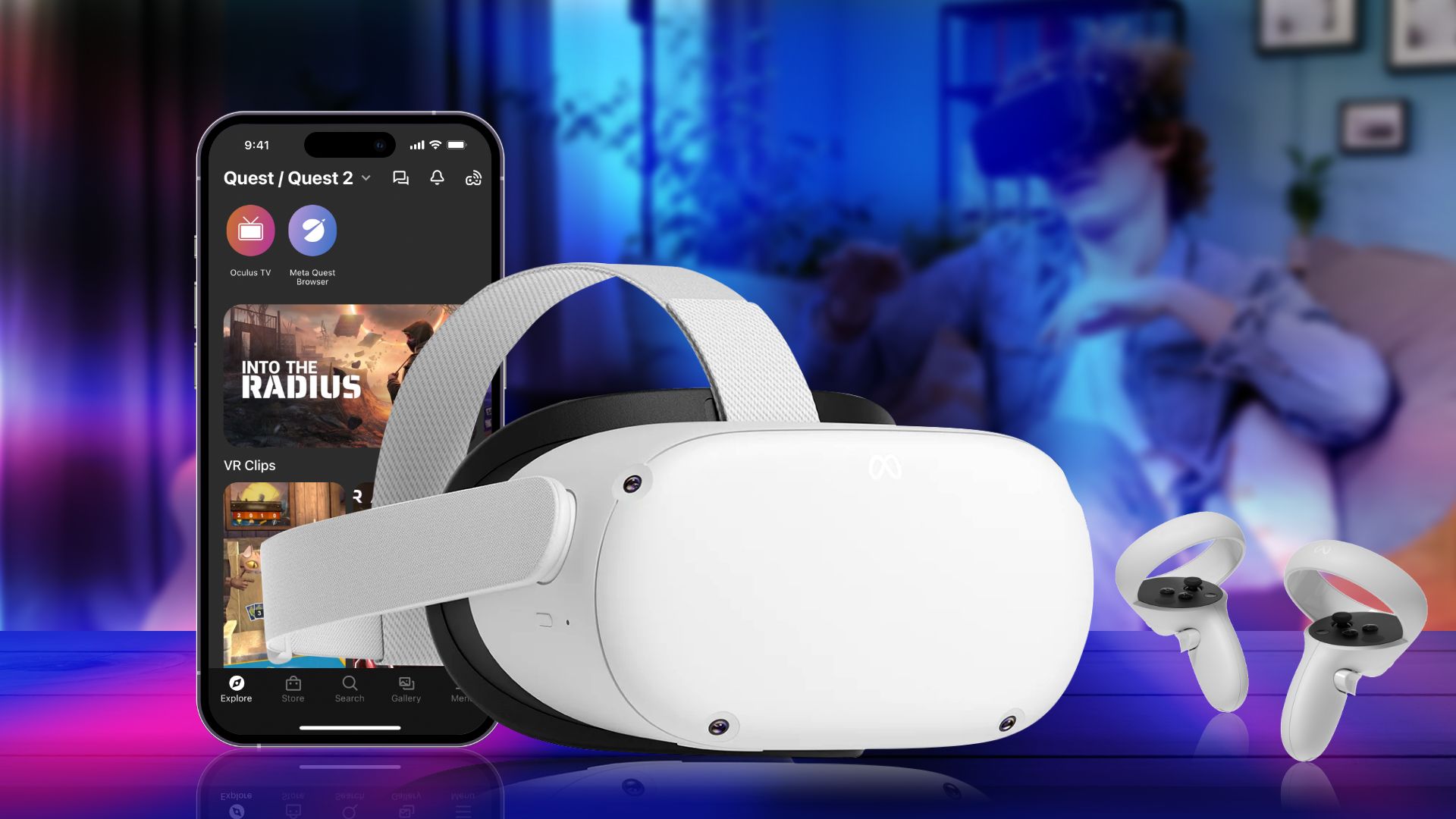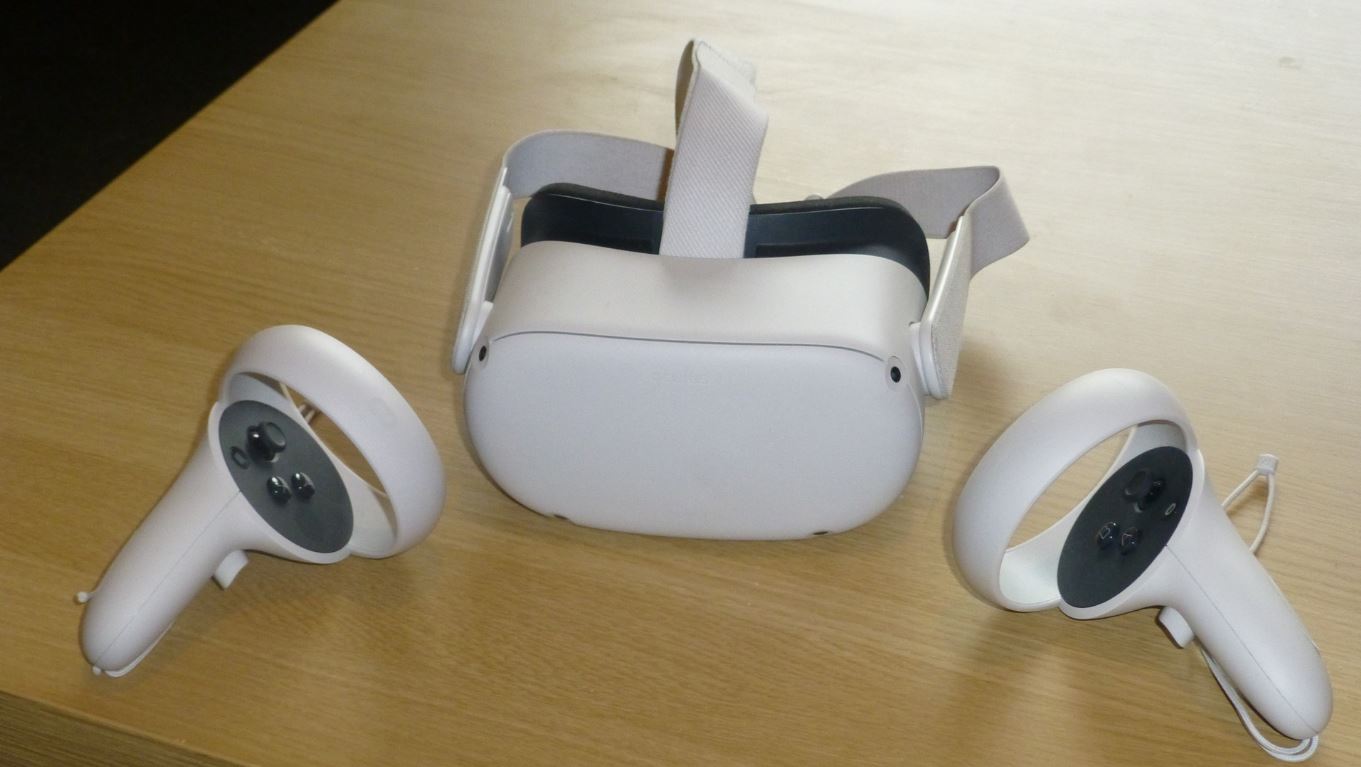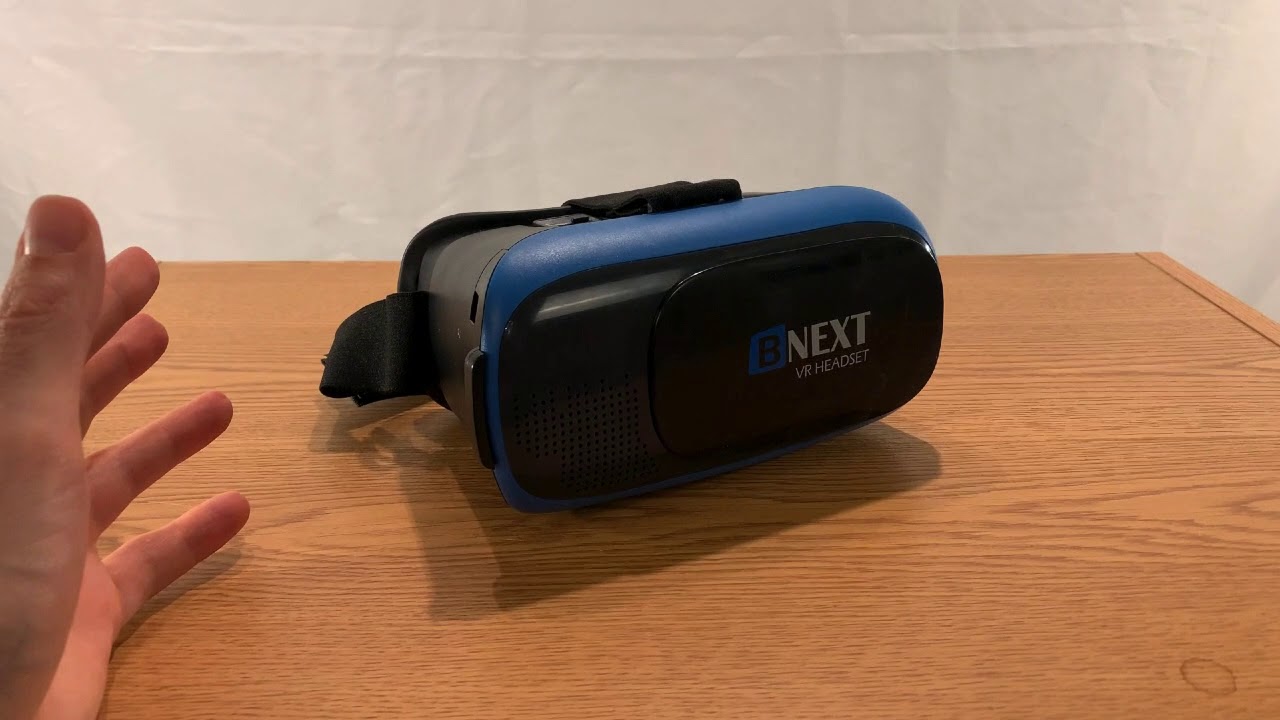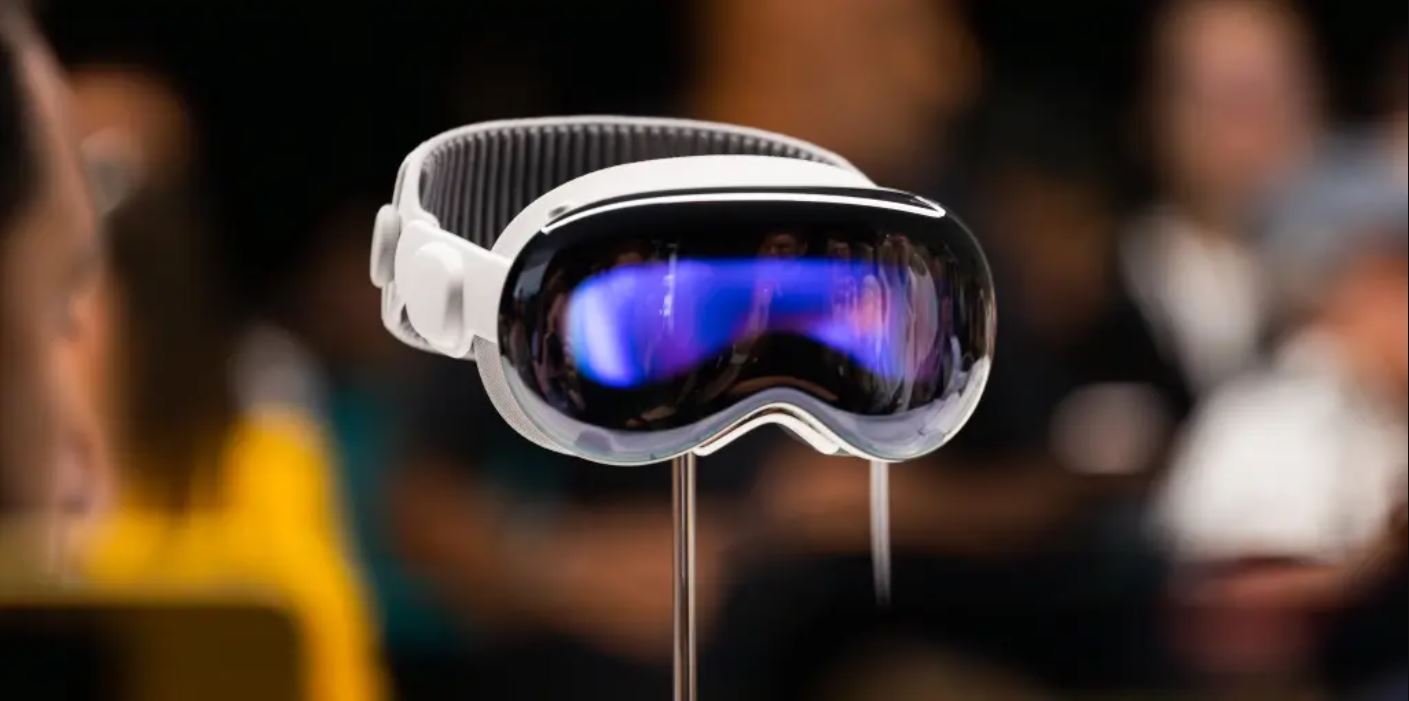Introduction
Wearing a headset while donning glasses can often lead to discomfort, causing pressure points on the temples and the bridge of the nose. The combination of these two essential accessories can result in a less-than-ideal user experience, especially during extended periods of use. This is a common challenge faced by many individuals who rely on both glasses and headsets in their daily activities, whether for work, gaming, or simply enjoying multimedia content.
The discomfort experienced when wearing glasses and a headset simultaneously can be attributed to the pressure exerted by the headset's ear cups against the temples and the arms of the glasses. This pressure can lead to headaches, soreness, and even long-term discomfort. Additionally, the arms of the glasses may interfere with the proper fit of the headset, compromising the overall audio experience.
Fortunately, there are various strategies and products available to alleviate these challenges and ensure a more comfortable experience for individuals who wear glasses and headsets. By understanding the specific pain points and exploring practical solutions, it is possible to enhance the comfort and usability of these essential accessories in tandem.
In the following sections, we will delve into the nuances of wearing glasses with headsets, offering valuable insights and practical tips for addressing these challenges. From selecting glasses-friendly headsets to making ergonomic adjustments, we will explore the diverse approaches to mitigating discomfort and enhancing the overall experience for users who rely on both glasses and headsets in their daily lives. Whether you are a professional, a gamer, or a multimedia enthusiast, the information presented here will empower you to optimize your comfort and enjoyment while using these indispensable accessories.
Understanding the Challenges of Wearing Glasses with Headsets
Wearing glasses and headsets simultaneously presents a unique set of challenges that can significantly impact comfort and usability. The primary issue stems from the pressure points created by the interaction of the headset's ear cups with the temples and the arms of the glasses. This pressure can lead to discomfort, soreness, and even headaches, particularly during extended periods of use.
The arms of the glasses can interfere with the proper fit of the headset, causing a gap between the ear cups and the ears, which may compromise the audio experience. Moreover, the weight of the headset can exacerbate the pressure on the temples, leading to discomfort and fatigue.
For individuals who rely on glasses for vision correction or eye protection, these challenges can be particularly pronounced. Whether engaging in professional activities, gaming, or enjoying multimedia content, the discomfort caused by wearing glasses with headsets can detract from the overall experience.
Furthermore, the design of some headsets, especially those with rigid or non-adjustable ear cups, can exacerbate these challenges. The lack of accommodation for glasses wearers in the design of certain headsets can result in a suboptimal fit and heightened discomfort.
Understanding these challenges is crucial in identifying effective solutions to enhance the compatibility of glasses and headsets. By acknowledging the specific points of discomfort and addressing the underlying issues, individuals can proactively seek out glasses-friendly headsets and implement ergonomic adjustments to optimize their comfort and overall user experience.
In the following sections, we will explore practical tips for selecting glasses-friendly headsets and making ergonomic adjustments to alleviate the challenges associated with wearing glasses and headsets simultaneously. These insights will empower users to overcome the discomfort often associated with these essential accessories and enjoy a more seamless and enjoyable experience in their professional and recreational pursuits.
Tips for Choosing Glasses-Friendly Headsets
When selecting a headset that accommodates glasses wearers, several key considerations can significantly impact comfort and usability. By prioritizing certain features and design elements, individuals can mitigate the discomfort associated with wearing glasses and headsets simultaneously. Here are essential tips for choosing glasses-friendly headsets:
1. Adjustable Headband and Ear Cups
Opt for headsets with adjustable headbands and rotatable or swivel ear cups. This design feature allows users to customize the fit to accommodate the arms of their glasses without creating excessive pressure points. The ability to adjust the headband ensures a secure yet comfortable fit, while swivel ear cups can adapt to the shape of the glasses, minimizing interference and discomfort.
2. Soft and Breathable Padding
Look for headsets with soft, plush padding on the ear cups and headband. Quality padding not only enhances comfort but also helps distribute pressure more evenly, reducing the likelihood of soreness and fatigue. Additionally, breathable materials can prevent excessive heat buildup, ensuring prolonged comfort during extended use.
3. Minimal Clamping Force
Prioritize headsets with a balanced clamping force that provides a secure fit without exerting excessive pressure on the temples. High clamping force can exacerbate discomfort for glasses wearers, leading to headaches and soreness. Opt for headsets with a comfortable yet secure grip to minimize pressure points while maintaining stability during wear.
4. Consider Open-Back Designs
Open-back headsets can offer a glasses-friendly alternative by minimizing the pressure exerted on the temples. The open-back design allows for better airflow and reduces the buildup of heat, enhancing overall comfort. Additionally, these headsets often provide a more natural soundstage, contributing to an immersive audio experience.
5. Compatibility with Glasses Frames
Ensure that the headset's ear cups are spacious enough to accommodate various styles of glasses frames. Wide ear cups with ample depth can prevent the arms of the glasses from pressing into the sides of the head, reducing discomfort and ensuring a proper fit for both the headset and the glasses.
By considering these tips when selecting a headset, glasses wearers can prioritize comfort and usability, ultimately enhancing their overall experience when using headsets for work, gaming, or multimedia consumption. The thoughtful integration of these features and design elements can significantly alleviate the challenges associated with wearing glasses and headsets simultaneously, empowering users to enjoy a more comfortable and seamless audio experience.
Adjusting the Headset for Comfort
After selecting a glasses-friendly headset, the next crucial step in optimizing comfort is making ergonomic adjustments to ensure a secure and pressure-free fit. Properly adjusting the headset can significantly alleviate discomfort and enhance the overall user experience for individuals who wear glasses. Here are essential guidelines for adjusting the headset for maximum comfort:
1. Headband Adjustment
Begin by adjusting the headband to achieve a secure yet comfortable fit. The headband should rest evenly on the top of the head without exerting excessive pressure. Ensure that the headband is positioned parallel to the ground, allowing the weight of the headset to be evenly distributed. By customizing the headband fit, glasses wearers can minimize pressure points and discomfort on the temples.
2. Ear Cup Positioning
Position the ear cups over the ears, ensuring that they encompass the ears fully without pressing against the arms of the glasses. Adjust the swivel or rotation of the ear cups to accommodate the glasses frames, allowing for a seamless and comfortable fit. Proper ear cup positioning is essential for maintaining a balanced and ergonomic contact with the ears, enhancing both comfort and audio quality.
3. Padding Alignment
Verify that the padding on the ear cups aligns properly with the sides of the head, creating a cushioned seal without placing excessive pressure on the temples. Quality padding should distribute the pressure evenly, reducing the likelihood of soreness and discomfort. Additionally, align the headband padding to ensure a comfortable and supportive contact with the top of the head.
4. Clamping Force Adjustment
Adjust the clamping force of the headset to strike a balance between stability and comfort. The headset should provide a secure fit without exerting excessive pressure on the temples. By customizing the clamping force, glasses wearers can minimize discomfort and headaches commonly associated with prolonged headset use.
5. Testing and Fine-Tuning
After making initial adjustments, take the time to test the headset for comfort and stability. Pay attention to any areas of discomfort or pressure points, and fine-tune the adjustments as needed to achieve an optimal fit. Testing the headset in various positions and during different activities can help ensure long-term comfort and usability.
By meticulously adjusting the headset to accommodate glasses wearers, individuals can proactively address the discomfort associated with wearing glasses and headsets simultaneously. These ergonomic adjustments are instrumental in enhancing comfort, minimizing pressure points, and optimizing the overall user experience. With a properly adjusted headset, glasses wearers can enjoy extended periods of use without compromising comfort or audio quality, empowering them to fully immerse themselves in their professional and recreational activities.
This section provides practical insights into adjusting the headset for comfort, offering glasses wearers valuable guidance for optimizing their comfort and enjoyment when using glasses-friendly headsets.
Additional Accessories for Comfort
In addition to selecting glasses-friendly headsets and making ergonomic adjustments, there are several supplementary accessories that can further enhance comfort for individuals who wear glasses while using headsets. These accessories are designed to address specific pain points and optimize the overall user experience, providing additional support and alleviating discomfort during prolonged use. By incorporating these accessories into their setup, glasses wearers can enjoy a more comfortable and seamless audio experience across various activities, including work, gaming, and multimedia consumption.
1. Glasses Cushions
Glasses cushions, also known as temple cushions or ear pads, are specialized accessories designed to alleviate pressure and soreness caused by the interaction of glasses arms with the headset's ear cups. These cushions provide a soft and cushioned barrier between the glasses arms and the head, minimizing discomfort and preventing the development of pressure points. Glasses cushions are available in various materials, including memory foam and silicone, and can be easily attached to the arms of the glasses for enhanced comfort.
2. Headband Covers
Headband covers, often crafted from soft and breathable materials, offer an additional layer of padding and support for the top of the head. These covers can help distribute the weight of the headset more evenly, reducing pressure and minimizing discomfort during extended wear. Additionally, headband covers can prevent the headband from exerting excessive pressure on the temples, contributing to a more comfortable and ergonomic fit for glasses wearers.
3. Eyeglass Retainers
Eyeglass retainers, commonly known as eyeglass straps or eyewear retainers, are practical accessories that secure the position of glasses during headset use. By attaching the retainers to the ends of the glasses arms, users can prevent slippage and ensure a consistent fit, especially when adjusting the headset or engaging in active movements. Eyeglass retainers offer added stability and can effectively mitigate the need for frequent adjustments, enhancing the overall comfort and convenience of wearing glasses with a headset.
4. Anti-Fatigue Ear Pads
Anti-fatigue ear pads are designed to minimize pressure and soreness on the ears, particularly during prolonged headset use. These specialized ear pads feature ergonomic designs and advanced cushioning materials that reduce the impact of the ear cups on the sides of the head and the glasses arms. By incorporating anti-fatigue ear pads, glasses wearers can experience prolonged comfort and alleviate the strain associated with extended periods of headset use.
By integrating these additional accessories into their setup, glasses wearers can proactively address discomfort and optimize their comfort when using headsets. These accessories offer targeted support and alleviate specific pain points, ultimately enhancing the overall user experience across various activities. Whether for professional endeavors, immersive gaming sessions, or leisurely multimedia consumption, the thoughtful incorporation of these accessories contributes to a more comfortable and enjoyable audio experience for individuals who rely on both glasses and headsets in their daily lives.
Conclusion
In conclusion, the challenges associated with wearing glasses and headsets simultaneously are significant, often leading to discomfort and compromised user experience. However, by understanding these challenges and implementing practical solutions, individuals can optimize their comfort and enjoyment when using these essential accessories in tandem.
The tips for choosing glasses-friendly headsets provide valuable insights into prioritizing comfort and usability. From adjustable headbands and soft padding to open-back designs and compatibility with glasses frames, these considerations empower glasses wearers to select headsets that alleviate pressure points and enhance overall comfort.
Furthermore, the guidelines for adjusting the headset for comfort offer essential recommendations for customizing the fit to accommodate glasses wearers. By fine-tuning the headband, ear cup positioning, padding alignment, and clamping force, individuals can proactively address discomfort and optimize their overall user experience.
Additionally, the inclusion of supplementary accessories such as glasses cushions, headband covers, eyeglass retainers, and anti-fatigue ear pads further enhances comfort and support for glasses wearers using headsets. These accessories target specific pain points and contribute to a more comfortable and seamless audio experience across various activities.
By integrating these insights and solutions, glasses wearers can overcome the challenges of wearing glasses with headsets, ultimately enjoying a more comfortable and immersive audio experience. Whether for professional endeavors, gaming, or multimedia consumption, the thoughtful selection of glasses-friendly headsets, ergonomic adjustments, and supplementary accessories empowers individuals to prioritize comfort and usability.
In essence, the compatibility of glasses and headsets is not a hindrance but an opportunity for innovation and thoughtful design. As technology continues to evolve, there is a growing awareness of the diverse needs of users, including those who rely on glasses for vision correction or eye protection. By advocating for comfort and inclusivity in headset design, manufacturers and users alike contribute to a more accessible and enjoyable audio experience for all.









